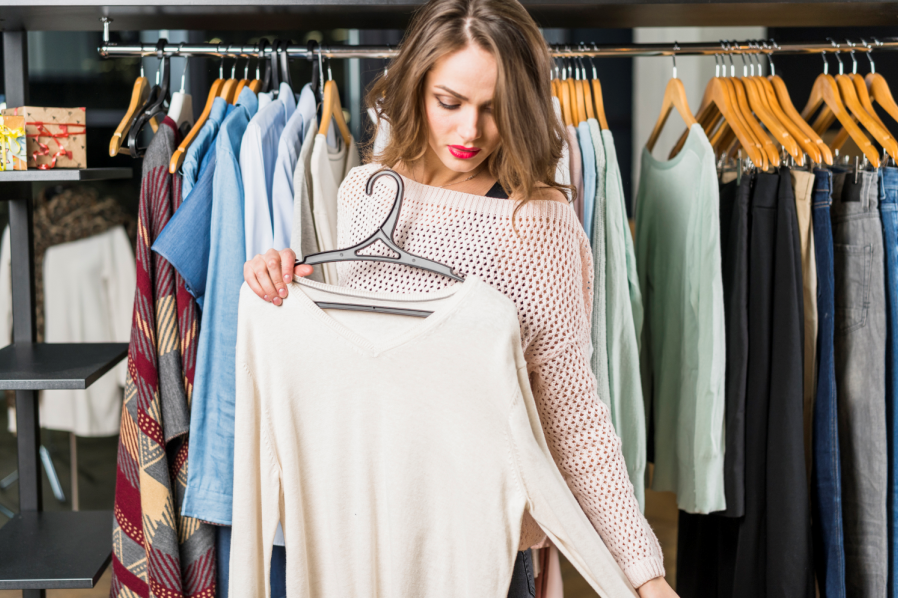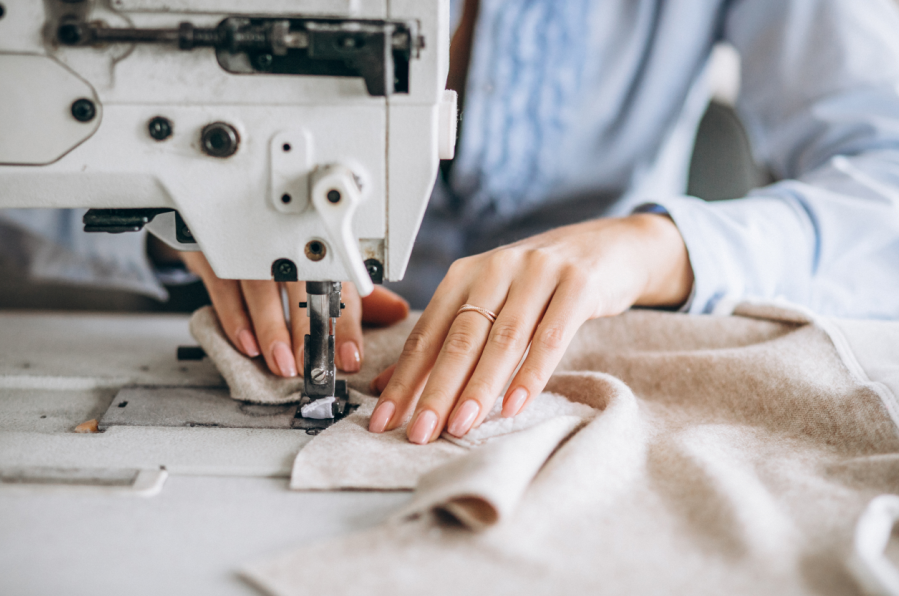
The issue of environmental impact has been a growing one in these past few years. Governments are considering taxes that would enforce pollution restrictions, people are switching to green practices, even kids attempt to persuade the world to address the problem.
What we all can individually do is to work hard to reduce our carbon footprint as well as our contribution to waste and toxic material accumulation. Sewing, unfortunately, can be pretty environmentally damaging, but it definitely doesn’t have to be so. If you switch to sustainable sewing, you can enjoy all of the perks of the craft without sacrificing anything in return. That transition is very simple and quick, so let’s see what it’s all about.
The fashion industry is a great pollutant
Interesting enough, the only industry that produces more pollution than the fashion one is the oil industry. This is because fashion companies harm the environment in a couple of different ways. First, the cotton that is being cultivated is usually bombarded with a lot of pesticides. All those chemicals are slowly being absorbed into the ground which can lead to contamination of the underground water sources.
The next issue is the shipping. Since most fashion brands have production facilities in countries that provide a cheap workforce, like those in East Asia, the clothing they make needs to be shipped to reach customers all around the world. Transporting these clothes in large containers by ships is the cheapest method of distribution, so most fashion brands opt for that solution. Unfortunately, this is the most polluting transportation type.
Lastly, most landfills are created by fashion industry brands. Clothes are being thrown away in giant quantities daily. Since most of these garments are made from synthetic fabrics, they take a very long time to degrade, which means they stick around increasing landfills by second.

How to sew a sustainable garment
Sewing a sustainable garment is like sewing any other piece of clothing. If you never sewed, get a good clothing sewing machine and get your feet wet in the world of sewing. If your mom, grandma or aunt sews, it would be awesome to ask them to teach you. If not – YouTube is your friend. With thousands of beginner videos, you’ll learn the basics quickly. Now onto the fabrics sourcing - keep these few things in mind.
Choose materials that have been made in a sustainable way. This means that they were cultivated naturally, without any pesticides or toxic coloring and washing. Look for OEKO-TEX or GOTS certificates – they guarantee that the fabric is free from known toxic substances.
Try to find a nearby green manufacturer that doesn’t need to transport their products with ships or big trucks. Lastly, try not to support brands that utilize cheap workforce because they treat those workers very poorly, often having them do their jobs in dangerous and harmful conditions.
The most important thing you need to keep in mind when you’re sewing sustainably is that your clothes should last long. Make them from natural, high-quality fabrics and you will be able to pass them on to your children or even grandchildren. Don’t make clothes you’ll wear only once or twice before throwing them away or storing them in the closet forever. Just a couple of different outfits are more than enough for you to wear. Combine them with each other and you won’t get tired of wearing them. Even the most fashionable ladies, the French, practice this sort of thing, so why shouldn’t you do it too?
Did you like the article? I hope you’ll be able to switch to sustainable sewing and enjoy its perks to the fullest.
You may also like
Interview with Daniel Chabert, Founder of Sustainable Sportswear Brand Rockay
Why Eco-Friendly Fashion is The Future of Clothing Industry
How Eco-Friendly Fashion Brands and Their Consumers Reduce Clothing Waste
How to Dress Sustainably from Head to Toe
